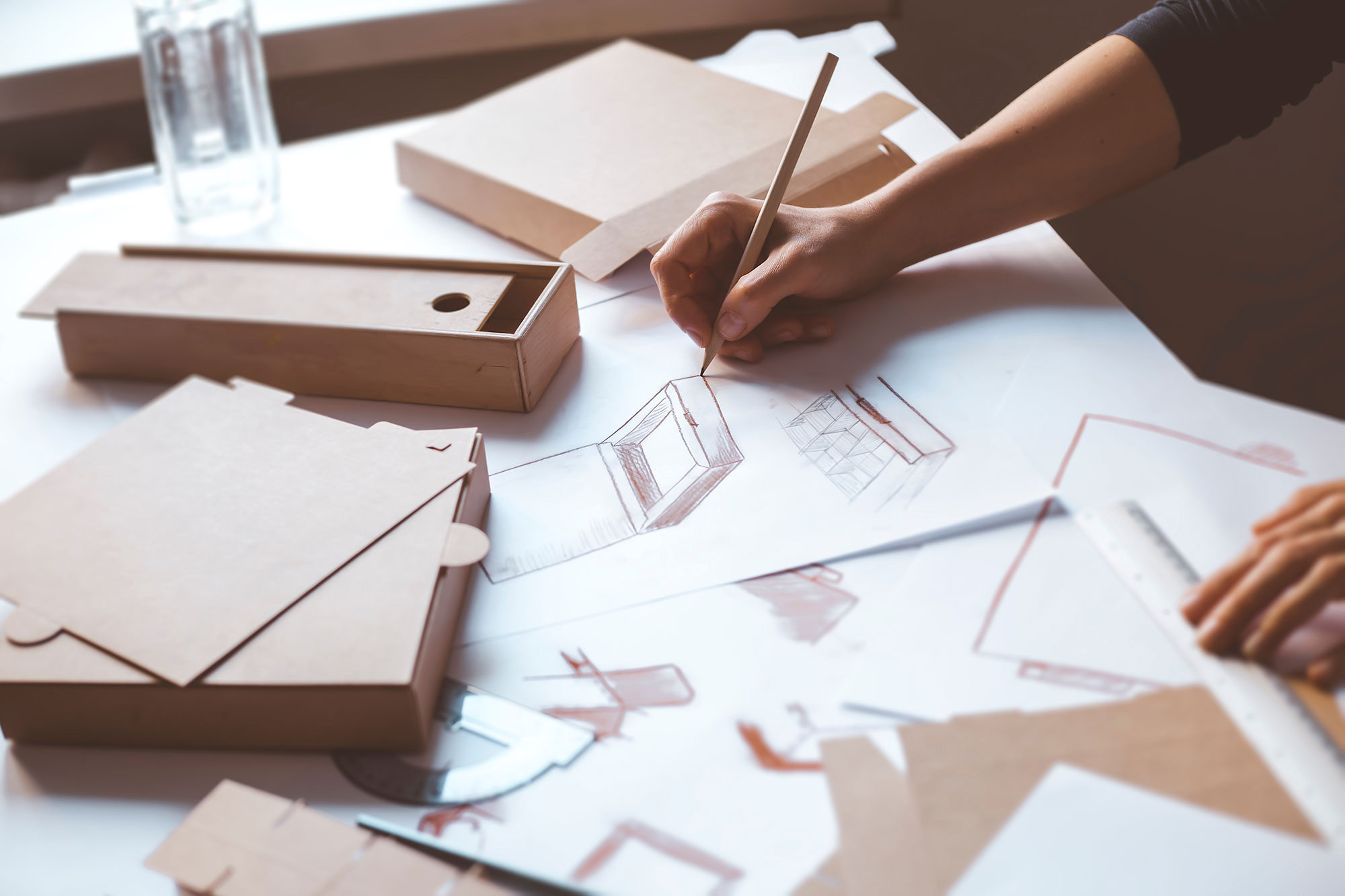Packaging is a lot more than just a protective container; it’s also a critical touchpoint between brands and consumers. But for many, traditional packaging often has barriers that make it difficult to open or use as intended. Conversations about accessible packaging are becoming more frequent. More and more, inclusive structural and aesthetic elements are considered in packaging design. Thoughtful design ensures more consumers can interact with packaging easily and independently. In turn, this consideration can foster customer loyalty and broaden a brand’s appeal.
Why Implement Accessible and Inclusive Packaging Elements?
Designing packaging that appeals to and can be used by a diverse range of people, including those of different abilities, ages, and cultures, allows more consumers to comfortably and confidently engage with your product. Applying accessible design features has the potential to benefit your company.
Expanding Market Reach
Accessible packaging allows individuals with visual impairments, cognitive disabilities, or dexterity challenges to be more independent in their product purchases and use. Tapping into these broader audience segments can translate to more sales opportunities.
Improving Customer Experience and Satisfaction
When someone who previously struggled with packaging can now buy and use a product on their own, their experience with your product is likely to be positive. Accessible and inclusive packaging fosters feelings of empowerment and trust, which in turn can translate into a new, loyal customer base.
Building Brand Reputation
Accessible packaging is ethical and strategic. Companies that actively prioritize inclusivity become known for their commitment to social responsibility. To audiences, this differentiation helps companies stand out in competitive markets and forms deeper connections with people who shop with shared values in mind.
How to Make Packaging More Accessible and Inclusive
Packaging solutions like paperboard folding cartons and boxes can be designed with accessible elements. Consider both structural and aesthetic options for your product.
Tactile Differentiation
Tactile elements are helpful for individuals with visual impairments. Instead of seeing a product and reading details, these shoppers can distinguish products and make decisions by touch through textual enhancements.
Braille for product names, instructions, and warnings allows consumers to access important product information on their own.
Embossing, debossing, and raising symbols help shoppers differentiate between product types and brands.
Textured surfaces and unique grip patterns improve handling so packaging is easier to hold or open.
High-Contract, Legible Typography
Individuals with low vision can see, but they require additional assistance. Even making existing letters and numbers larger can help.
Large, bold fonts are easily readable for those with low vision.
High-contrast colors allow text to stand out against backgrounds.
Decorative fonts and close spacing make legibility more difficult, so these choices should be avoided.
Multilingual Packaging
While translator apps are readily available online, they are not always accurate. Including multiple languages on packaging allows people from different cultures to connect with your product.
Packaging with multiple languages for multicultural regions or international markets ensures clear communication.
Localized packaging variations in different languages allow companies to cater to specific communities and improve brand engagement.
Easy-Open Components
Customers with dexterity limitations struggle to open packaging. Including features that reduce accessibility difficulties strengthens bonds with customers in need.
Tear notches, perforations, and ergonomic pull tabs improve accessibility.
Minimize excessive adhesives and complex opening mechanisms without compromising quality.
Smart Packaging Features
Smart packaging technology makes it possible for customers of varying abilities to gather important product information.
QR codes and NFC tags can link to audio instructions, product details, or translated content.
Augmented reality (AR) features promote user activity by demonstrating how a product looks or functions.
Voice-activated or app-compatible packaging offers hands-free accessibility.
Work With MOD-PAC
Need custom paperboard packaging? MOD-PAC specializes in folding cartons and boxes for a range of industries, including food, health and beauty, medical devices, and pharmaceuticals. Contact us today to discuss your packaging needs.


